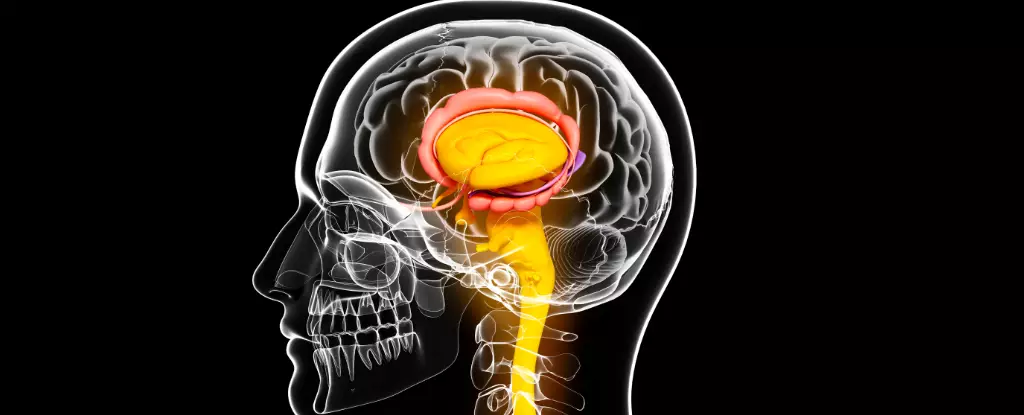Beneath the intricate folds of the cerebral cortex lies a realm of smaller, yet profoundly significant, subcortical structures. This ‘deep brain’ network is crucial for an array of fundamental human functions, including attention, emotion regulation, motor skills, and learning. Often overshadowed by the more visible cortical areas, these structures, such as the amygdala, hippocampus, and thalamus, play indispensable roles in neurological health and are implicated in a variety of psychiatric and movement disorders. Understanding the genetic influences that govern these subcortical regions is essential for unraveling the complexities of brain health and disease.
Genetics and the Subcortical Landscape
Recent scientific endeavors have begun to illuminate the genetic foundations of these deep brain structures. A groundbreaking study, encompassing an unprecedented collaboration of 189 researchers from 19 countries, has unveiled the significant impact of genetic variants on the volume of subcortical structures. This extensive research analyzed genetic data from nearly 75,000 participants, combined with MRI scans to assess brain structure. By harnessing the power of the Enhancing Neuro Imaging Genetics through Meta-Analysis (ENIGMA) consortium, which facilitates global cooperation among over 1,000 research labs, the study has enhanced our understanding of the genetic underpinnings of cerebral anatomy.
Genome-Wide Association Studies: A Pathway to Discovery
Utilizing genome-wide association studies (GWAS) has allowed researchers to delve deep into the genetic fabric that contributes to the brain’s morphology. This approach examines variations in DNA sequences across large cohorts to identify genetic markers linked to physiological traits or pathological conditions. The recent study identified 254 specific genetic variants that are correlated with the volume of various subcortical regions. This exploration of genetic variations could account for up to 10 percent of the observed differences in brain structure within the study population, marking a significant advance in our understanding of brain volume and its variance.
One of the most striking findings of this research is the genetic correlations found between subcortical brain volumes and well-known disorders such as Parkinson’s disease and attention-deficit/hyperactivity disorder (ADHD). Identifying genetic links to structural brain characteristics is a pivotal stride toward comprehending the biological foundations of these disorders. This research provides a crucial insight for future therapeutic avenues, suggesting that genetic influences on brain structure are fundamental to our understanding of such conditions. As Miguel Rentería, a leading researcher in the study, emphasizes, understanding the molecular basis of these conditions is vital in developing targeted treatments.
While previous studies have established associations between specific neurological disorders and subcortical structures, this study adds a fresh layer of understanding by elucidating how genetic variants may influence brain development. Such knowledge is essential not only for academic inquiry but also for forming practical applications in the field of mental health. The potential for this research to inform treatment strategies is enormous, opening pathways for precision medicine tailored to individual genetic profiles.
Looking Ahead: The Future of Neurological Research
Despite the encouraging findings, researchers caution that more work is necessary to fully elucidate the mechanisms by which genetic variations affect brain structure and function. While the discoveries thus far offer compelling hypotheses regarding the links between genetics and brain disorders, these findings must be validated through further experimentation and longitudinal studies. As Paul M. Thompson, a prominent figure in this research, notes, this work has begun pinpointing precisely where genetic influence lies within the brain—a critical step toward unraveling the complex genetic tapestry that underpins neurological disorders.
In summation, the ongoing research into the genetic determinants of subcortical brain structures signifies an important advancement in our understanding of human neurology. As we continue to decode the genetic mysteries of the deep brain, we venture closer to developing effective treatments and interventions that may profoundly impact the lives of those affected by neurological disorders. The journey into the heart of the deep brain has only just begun, but the insights gained stand to redefine our approach to brain health in the 21st century.

